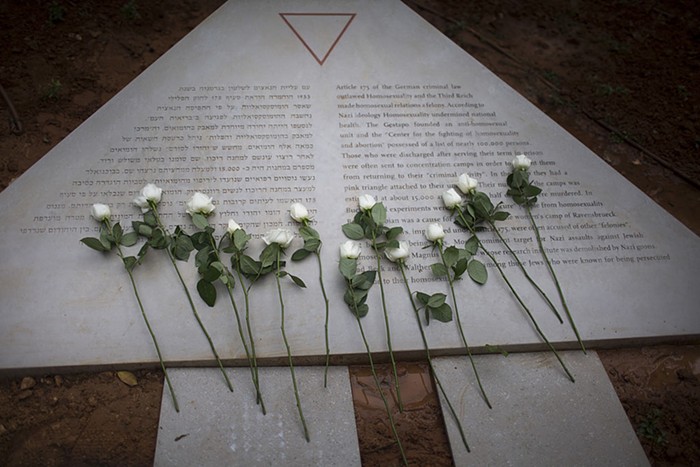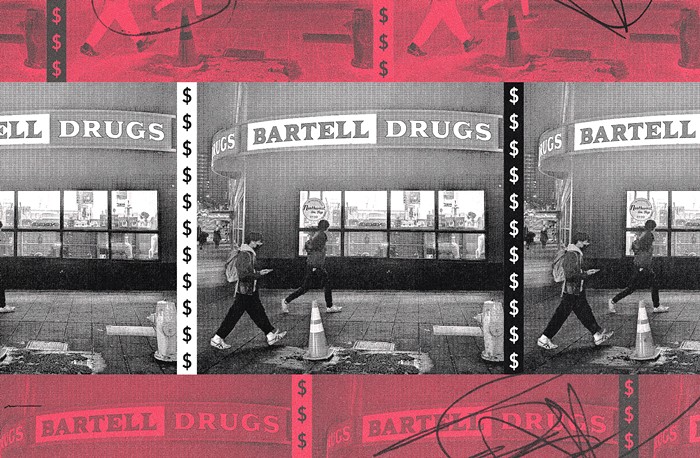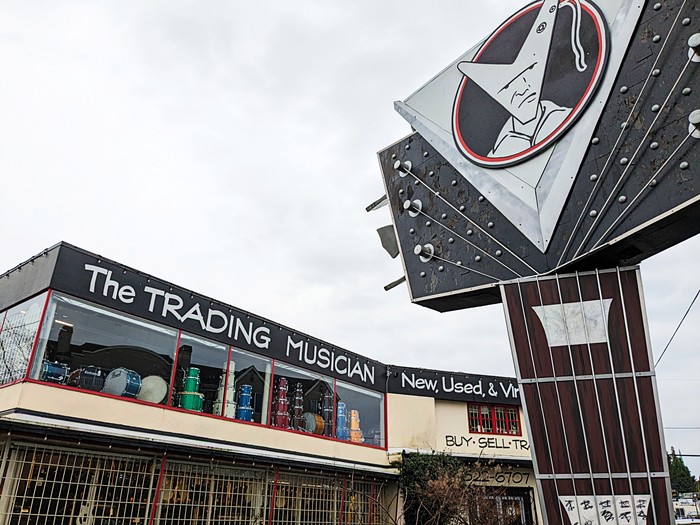Council Member Dan Strauss may have finally solved the nearly 30-year conflict between the City of Seattle, maritime businesses and unions, and cyclists over where to build the 1.4 mile missing link in the Burke-Gilman Trail. In a letter to the Seattle Department of Transportation (SDOT) and to the Mayor, Strauss laid out a new plan to connect the two ends of the bike path by routing through 17th Avenue NW, NW Leary Avenue, and NW Market Street.
Strauss’s letter calls SDOT to get its head out of the sand, draw up a buildable design, and ask stakeholders for feedback on the plan compared to the controversial, Shilshole Avenue NW alternative. The first step, the letter reads, is to complete a feasibility study at 30% design within six months, at which point Strauss said the City can regroup and figure out how much longer it will take to get to 100% design, come to a decision, and break ground.
“If we don’t study this Market-Leary-17th route and we continue to say Shilshole is the only way to connect the Missing Link, I don't foresee it being built in my lifetime,” Strauss said in a phone interview.
Strauss said his plan will satisfy everyone who's had soooo much to say for the past two decades. Traveling westward, the path cuts north at 17th Avenue NW, hooks left by the Dog Yard onto Leary Avenue, then takes another left by Sonic Boom records onto NW Market to rejoin the trail right by Edgeworks Climbing + Fitness. If Strauss succeeds, the City will finally complete the 27-mile path, allowing cyclists and pedestrians to travel from Bothell to Golden Gardens without interruption.
His plan keeps cyclists at a comfortable distance from Shilshole Ave, which runs along the water through industrial areas. A maritime business/labor union alliance known as the Ballard Coalition shut down the earlier proposal along that route. The Coalition raised concerns about the dangers of letting cyclists and pedestrians travel so closely to the train, trucks, and cement mixers. Also, the City made a deal with the Ballard Terminal Railroad at one point that prevents such construction anyway, which a King County Superior Court Judge affirmed in 2020.
But Strauss said his plan would also keep the cyclists happy, who fought against alternative proposals that would shoot the path up to Ballard Ave or Leary Way. Both those plans did not meet the cyclist’s criteria for a connection that’s flat, direct, and safe, considering that cyclists would have to navigate up to 13 intersections. The new route maintains a low incline, holds the path tight to the water, and only passes through 10 intersections, all but three would be raised.
The conflict between the City, the Ballard Coalition, and cyclists is more than task force fuckery–they took the debate to the courtroom, a delay tactic some bike groups said amounted to fuckery. Strauss said his plan aligns with court decisions, so he doesn’t think either party would win a court case against the City if they challenge his plan.
Strauss also likes his plan because it brings trail-users right through the commercial core, which means more streatery patrons.
Strauss’s letter does not give SDOT a due date for the connector as a whole, but he said his plan could be built tomorrow–or the day after SDOT does “meaningful” outreach and approves a design.




















